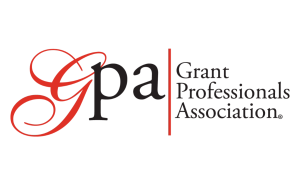Nonprofits are filled with idealists working elbow-to-elbow with community members to design programs in response to local needs. Best practices and evidence-based approaches offer guidance, but cookie-cutter responses are not always an exact fit with hyper-local concerns and characteristics.
“Take three pinches of on-the-ground experience and two pinches of evidence-based know-how, then throw in four pinches of community-centric thinking. Mix it all together and hope the cake will rise,” according to Barbara Floersch, grants expert and author of You Have a Hammer: Building Grant Proposals for Social Change.
Without innovation there would be no progress. Yet innovation presents risks. Even if a program approach is built upon a foundation of evidence, from a funder’s perspective any alteration or adaptation of the proven recipe moves it from a safe bet to an unknown. Because grantmakers must ensure the investment of grant funds produces the most robust social return possible, many are averse to risk and some will not fund programs that do not use evidence-based approaches.
To increase the likelihood of grant funding, be sure your proposal explains why the innovation is necessary, how it will contribute to existing knowledge, and why you think it will work.
Why is the innovation necessary? After extensive research have you found that no evidence-based approach for the exact situation exists? Have community members rejected best-practice approaches you’ve presented? Do cultural and demographic aspects of the community make some proven approaches unworkable?
How will the innovation move knowledge forward? Will it expand a proven approach to meet the needs of a different population? Will it eliminate aspects of a best practice so that it better aligns with the community’s culture? Will it demonstrate how an evidence-based approach works in a rural rather than urban environment?
Why do you think it will work? Even if the innovation is unproven, you’ve chosen it for a reason. Perhaps your organization tried a similar approach within the community with good results. Or maybe it’s a pioneering innovation with great promise but no evaluation data to back it up. Maybe it’s a mash-up of two or three proven approaches that result in a good fit for the community.
Both nonprofits and grantmakers want to serve communities, and no one wants to waste money on fuzzy-headed program design. “To belabor the metaphor, you don’t have to follow the same recipe for every cake, but you have to understand how the ingredients will interact and have a good idea of how the final product will taste,” said Floersch. “Well-considered innovations that offer promise but not certainty are worth the risk.” © copyright 2022, Barbara Floersch








